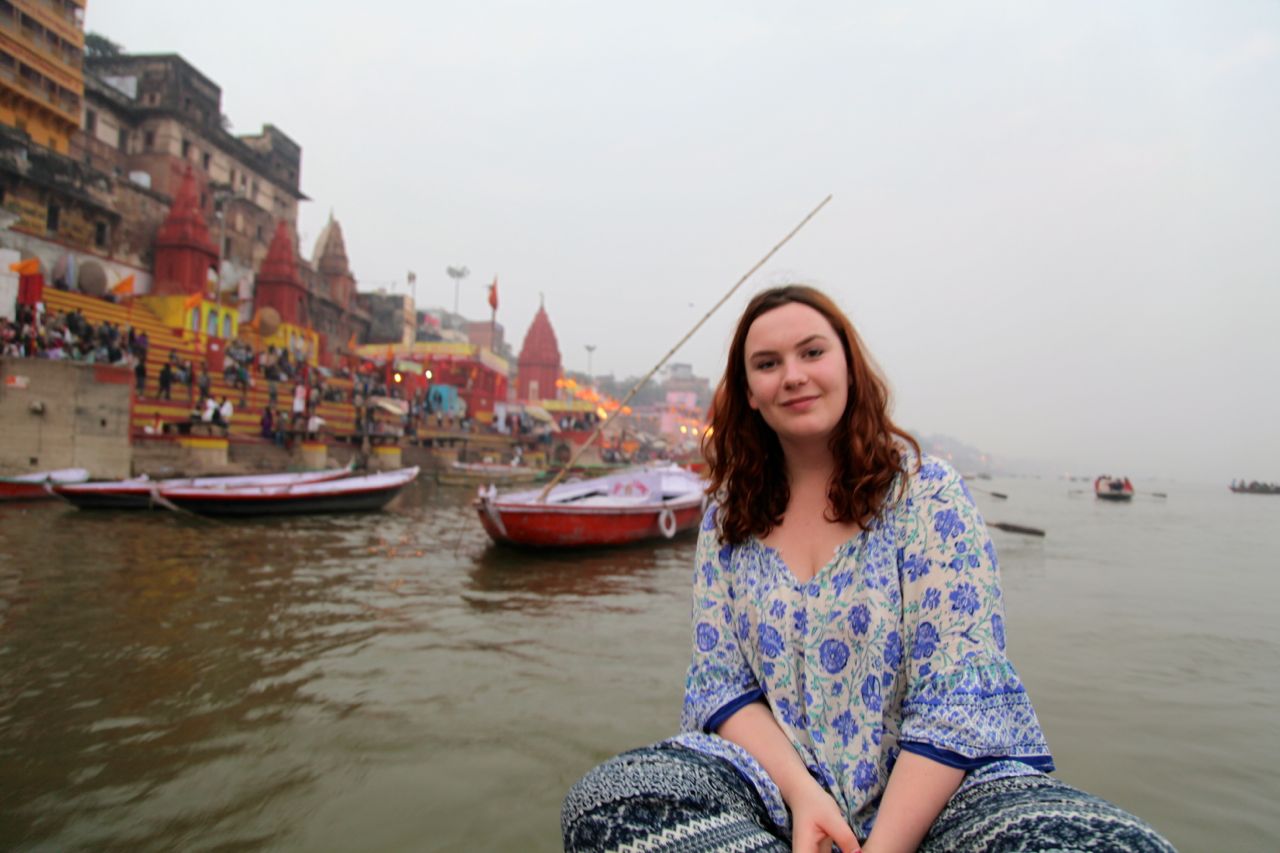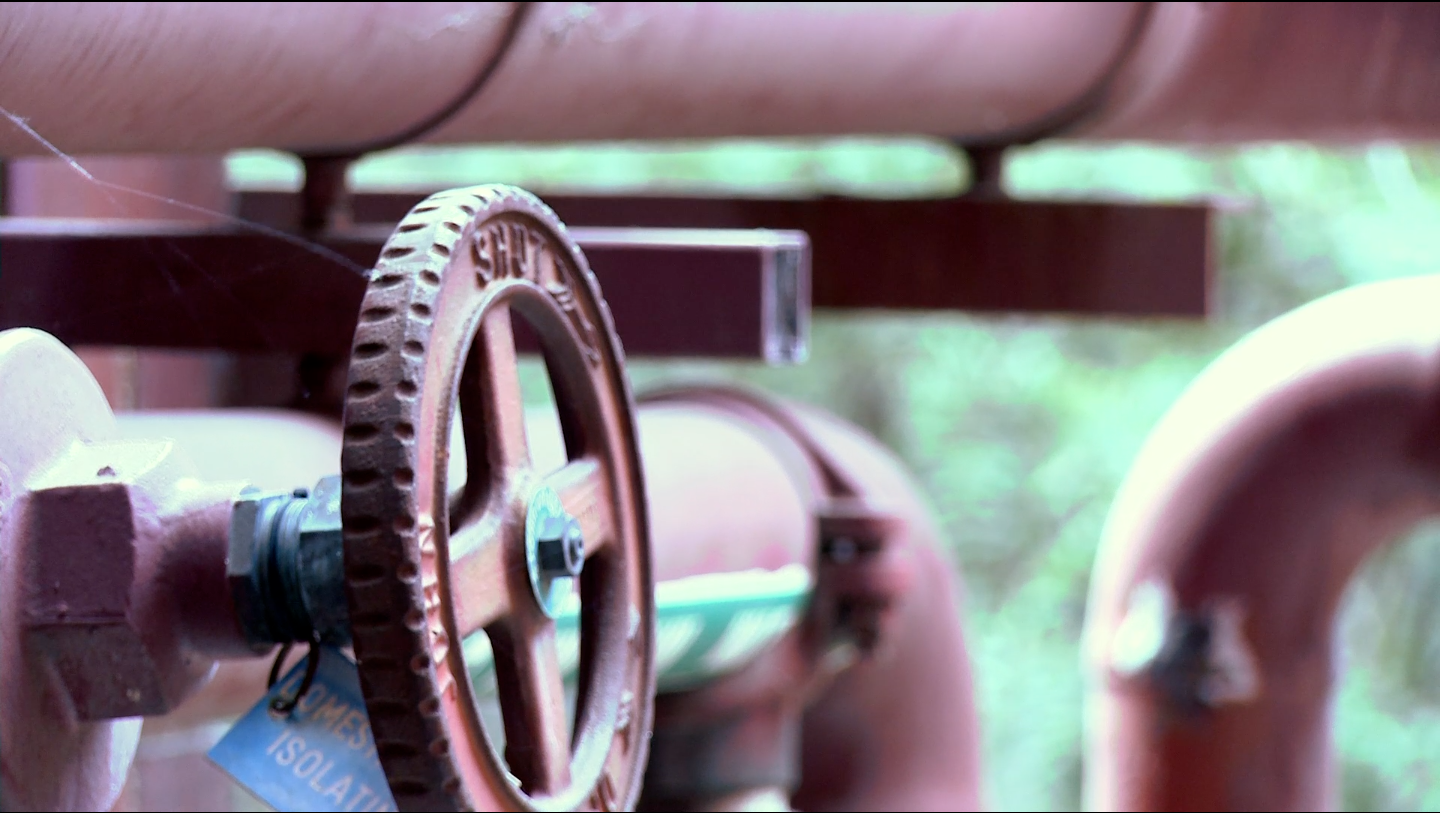The blurred lines between fiction and nonfiction.
I believe that even documentaries are very similar to fiction in the way that they are created. I mean, the world is the world and whatever happens in it is real, whereas in drama everything is created from the set up. But when you take footage of the real world, there’s lots to be taken, of anything really, and from that you could make any kind of story. I know it’s not the same type of blurred line as those that were noted in the documentary, but I think the way that we construct stories out of nonfiction footage is kind of like fiction. We create a story, it could be about anything. I like the idea of taking footage of the real world, and kind of treating it like found footage to take a documentary. That is, starting without a purpose and taking the footage, of things that are interesting or visually engaging or honest or sad etc and then seeing where it takes you in the editing process. Trying to make a story from it, not exactly a fictional one but one that wasn’t there in the first place.
Re-enactments are something that bored me before the reading. Yes it made the telling of real life events more interesting, but generally it was done poorly or over done. I would like to see how 10 different people re-enact the same scene. If they’re all slightly or dramatically different this just demonstrates how re-enactments are borderline fictions. I also like the idea of intentionally pushing those lines of fiction and nonfiction in re-enactments by changing things. Changing the persona of one of the people involved for example, or adjusting the world that they live in, without changing the event, situation or story of what is actually happening. I think that would be interesting, to see reality replayed in non-reaity.

